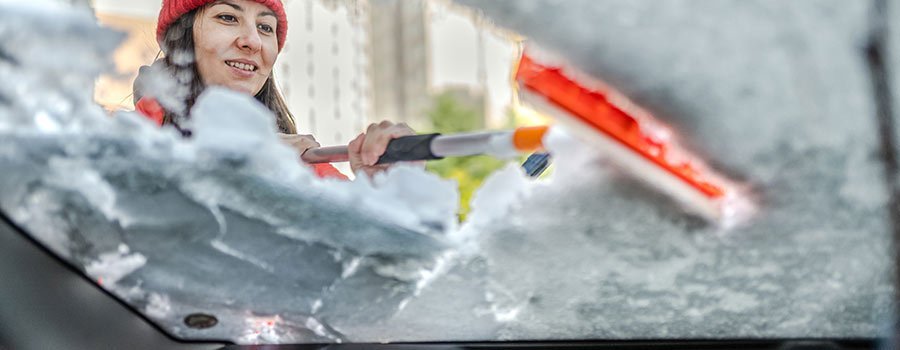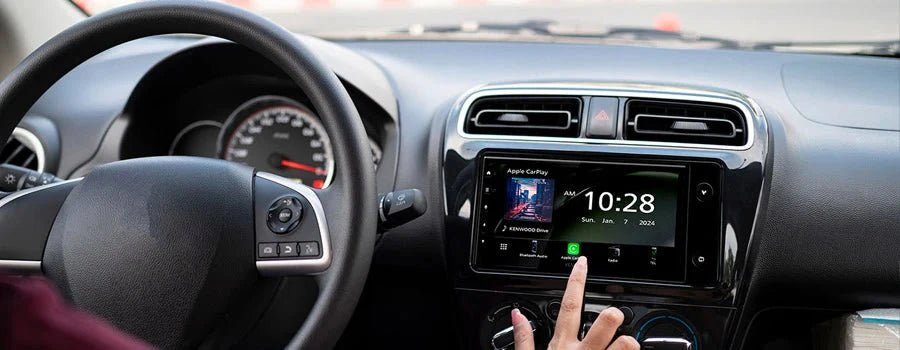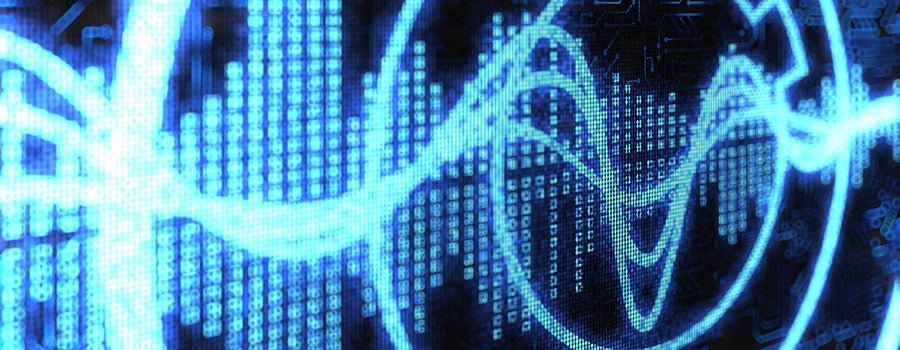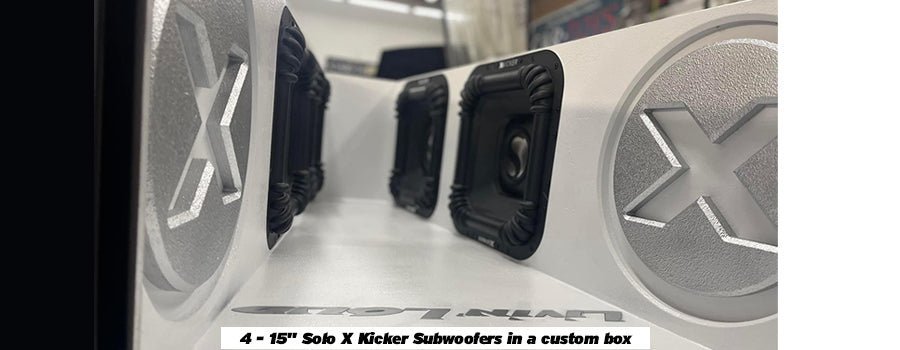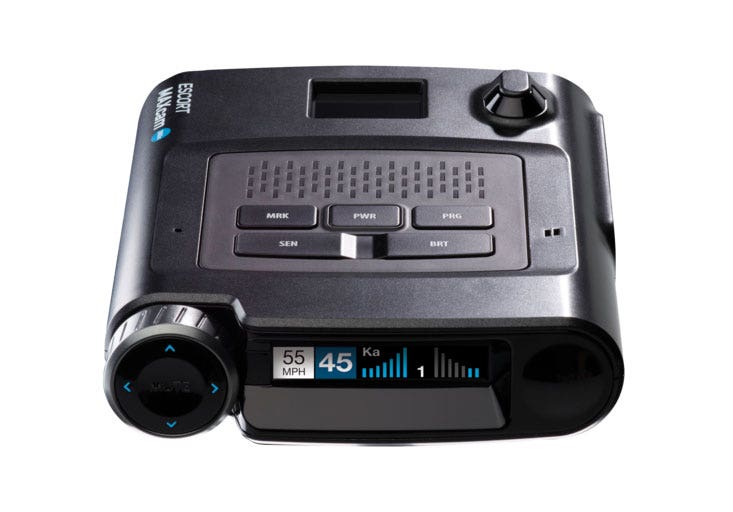GPS equipped dash cams are capable of not only logging the location of the vehicle but its traveling speed as well. The data can also be used to contend with inaccurate claims of speeding.
Geo Fencing: Allows the user to be alerted if a vehicle has left a predetermined geographical area. When this occurs, the dash cam sends a push notification via the app to the user’s smart device to inform them of the vehicle’s current location. This is a nice feature for parents of young drivers, auto rental companies, and managers of fleet vehicles.
Safety Camera Alert: Some GPS equipped dash cameras are capable of notifying you of nearby red light and traffic enforcement cameras based on your GPS location.
Vehicle Location: Displays the vehicle’s current location, speed and heading.
There are a lot of dash cams on the market today and it seems that their capabilities are increasing rapidly. Once you have discovered all of the features that are available, take some time and determine if those features are right for you.
